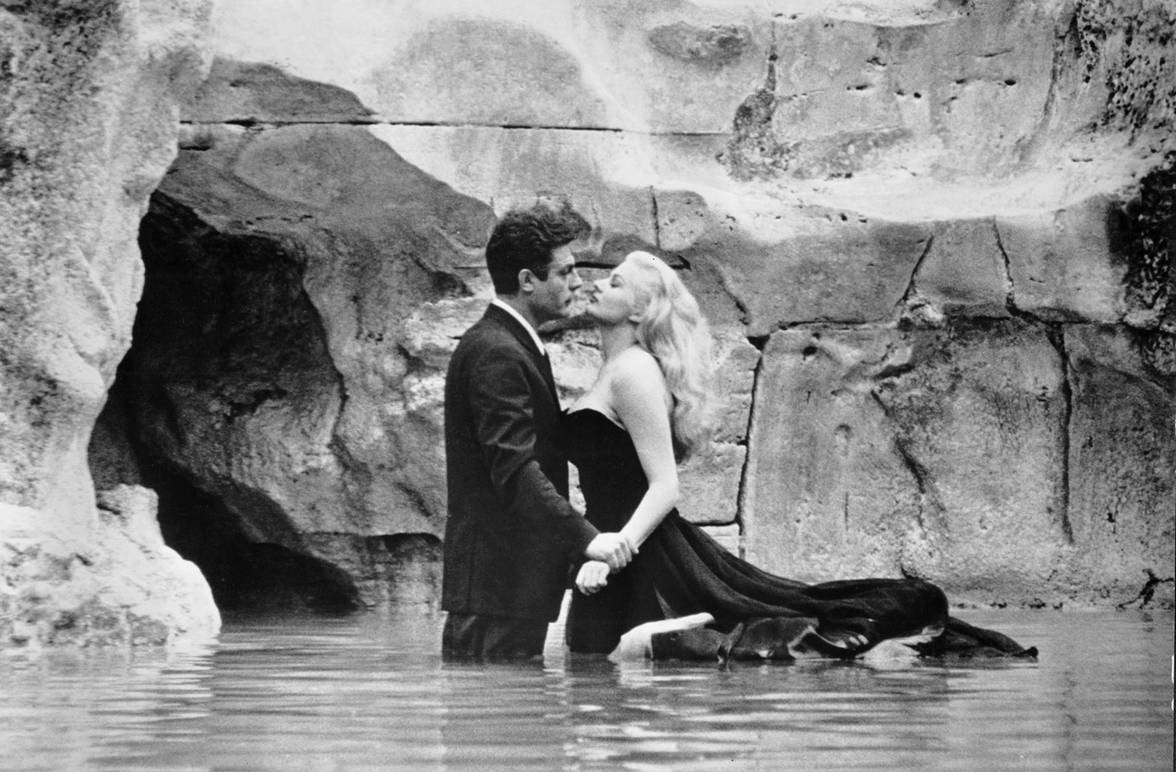60 Years of La Dolce Vita
Now synonymous with the Italian way of life, its iconic scenes forever tied to the global imagination of the Eternal City - it's impossible to visit the Trevi Fountain without immediately recalling Sylvia’s beautifully heartbreaking dance and the countless cinematic representations of the monument it ispired - "La Dolce Vita" turns 60.
The very first previews of Fellini’s masterpiece were screened in Rome’s Fiamma Cinema on the night between February 2nd and 3rd, 1960 and then on February 5th in Milan’s Capitol Theatre, where it was met with great hostility.
Audiences were shocked, angry even. It quickly earned the reputation of being a dirty, scandalous movie. An anonymous review (attributed to Oscar Luigi Scalfaro, who went on to become President of the Republic) published in the newspaper L’Osservatore Romano called it “La sconcia vita,” the “dirty life.”
Fellini received countless telegrams and letters calling him a communist, a traitor, an atheist. It’s a harsh, unapologetically brutal film, which doesn’t condemn nor redeem anyone, it doesn’t provide audiences with a moral lesson, not even moral satisfaction. Perhaps that’s why it was met with such indignation and animosity.
But despite negative reception, censure requests from the Church, and age restrictions, something about the movie resonated with people: over 13 million people went to see it in the year it came out alone and it remains to this day the sixth most seen film in Italy since 1950.
La Dolce Vita won many awards, including the Palme D’Or in Cannes and an Academy Award for its costumes made by Piero Cherardi, and is featured in just about every single list or syllabus about the global history of cinema.
Co-written by Ennio Flaiano, Tullio Pinelli and of course Fellini and his co-screenwriter and long-time collaborator Brunello Rondi, the film follows the daily life of gossip reporter Marcello Rubini (Marcello Mastroianni), who drifts aimlessly through life and a series of seemingly joyless relationships, including with heiress Maddalena (Anouk Aimée) and movie star Sylvia (Anita Ekberg.)
However, the true star of La Dolce Vita is the Eternal City, where the film was shot between the Spring and Summer of 1959, across its most varied neigborhoods and surroundings. Some backdrops were recreated in the studios of Cinecittà, while other moments were famously filmed on location, including the memorable Trevi Fountain scene.
In its ironic but violent criticism of society through the depiction of decadent aristocratic behavior and irresponsible media practices among other things, the film is possibly more relevant than ever today, a mirror that disturbingly reveals some of the darkest aspects of contemporary society, hiding behind the glamour of wealth and stardom and the eternal beauty of Rome.





































i-Italy
Facebook
Google+
This work may not be reproduced, in whole or in part, without prior written permission.
Questo lavoro non può essere riprodotto, in tutto o in parte, senza permesso scritto.